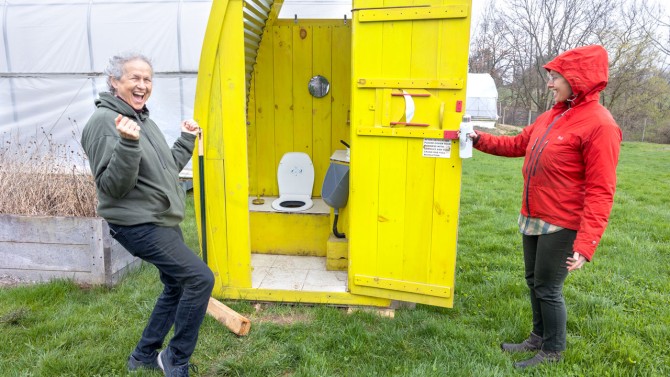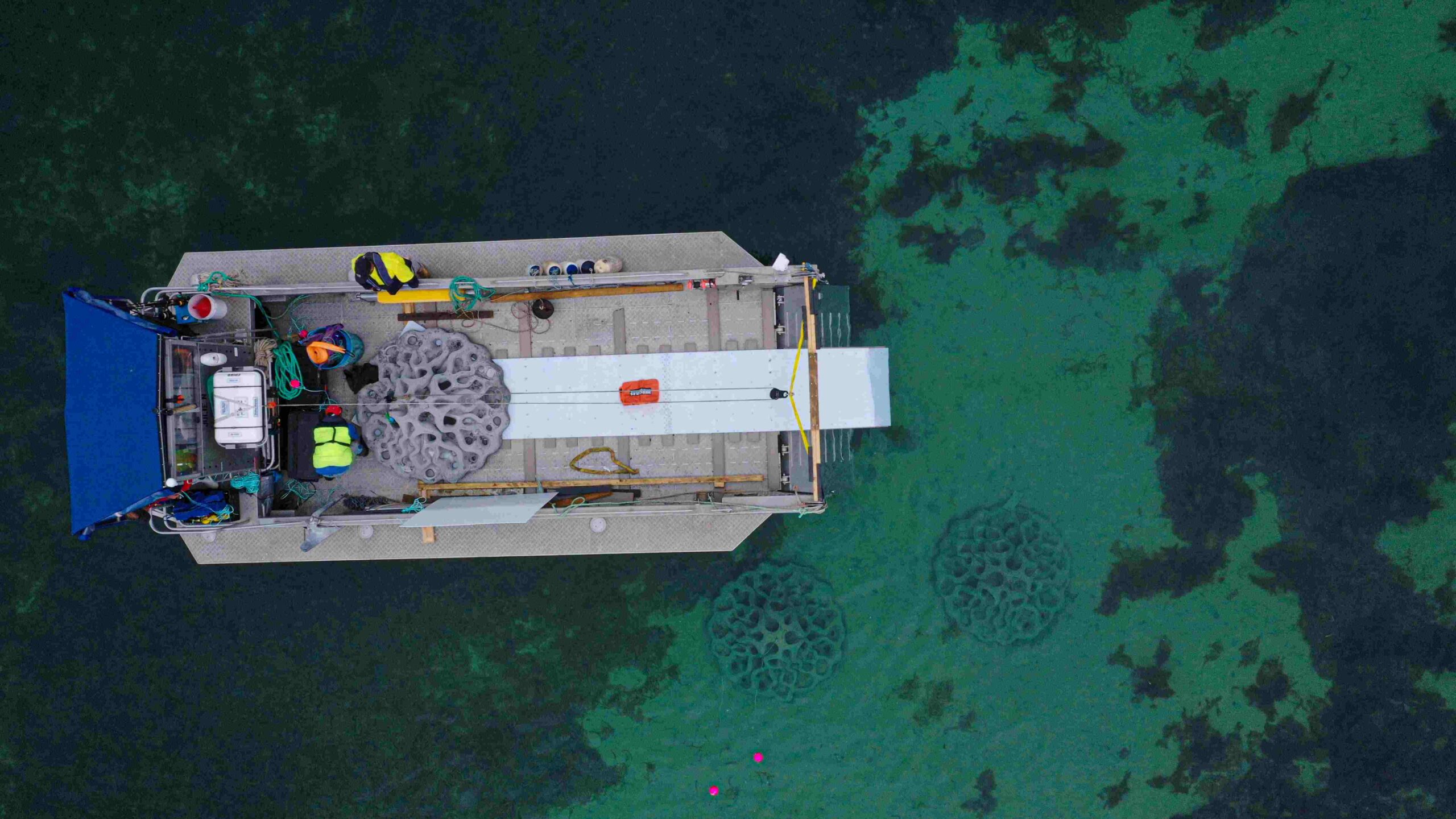It’s a small thought that many people might have had at some point – ‘that bag’s been left alone a while’ – out in a public space.
For the Air Force explosive ordnance disposal team, it calls for a series of rapid actions designed to protect personnel and critical infrastructure.
Deploying to RAAF Base Curtin, the team of explosive ordnance disposal (EOD) technicians from 65 Air Base Recovery Squadron worked within the Exercise Talisman Sabre training scenario to protect the airfield and its aviators from a range of threats.
Flight Sergeant Moran Boyd the EOD section lead at RAAF Base Curtin said that the team could be called on to respond to a range of different airfield scenarios.
“When it comes to explosive ordnance disposal, the first one that people usually think of is the ‘suspicious packages’, which we are called to safely investigate and dispose of if there’s the presence of an improvised explosive device (IED),” Flight Sergeant Boyd said.
“A suspicious package can be deemed as anything left behind on main transit routes, near airfield entry control points or items left around which can’t be accounted for inside the base.”
One of the key roles the EOD team undertakes is safely assessing damage from ordnance that has been fired into a base by an adversary. This exercise scenario was drilled regularly by Combat Support Group out at RAAF Base Curtin.
“Following any ordnance landing within an airfield, we form part of an airfield damage assessment team (ADAT). We’ll go through the area working closely with Airfield Engineers as they’re best to assess damage to buildings and infrastructure,” Flight Sergeant Boyd said.
“We’re there to ensure that the engineers doing the assessment move safely through the area and to identify any remaining explosive ordnance hazards and start assessing how to deal with them.”
If munitions have landed onto the airstrip itself, the ADAT will report back to command to advise on how best to re-enable aircraft departures and landings.
“The focus for us always remains on the airfield and getting the airstrip back up and operational,” Flight Sergeant Boyd said.
“The damage reports will be fed up to the command post so we can plot a map of what they are seeing on the ground and we’ll work out where our aircraft can land and take off, we aim to keep the period of unserviceability as short as possible.”








